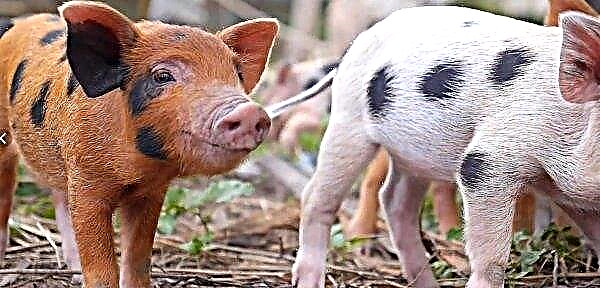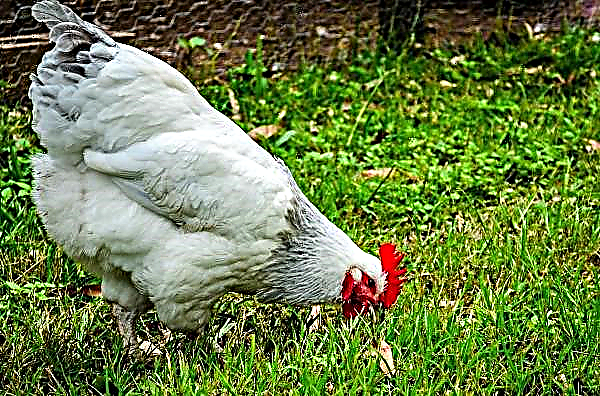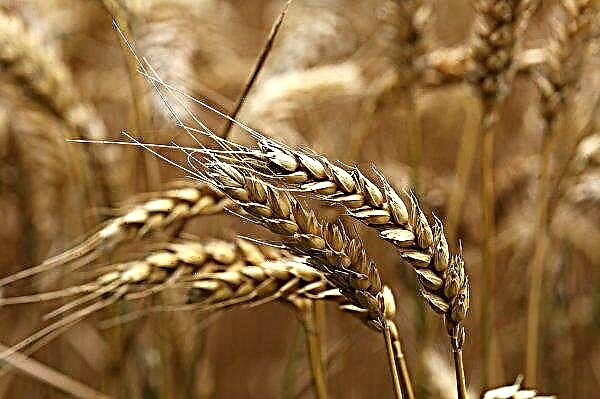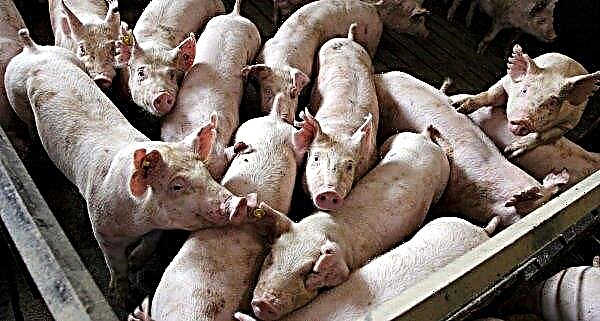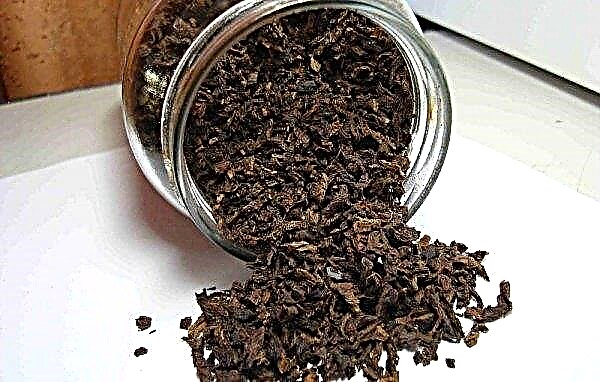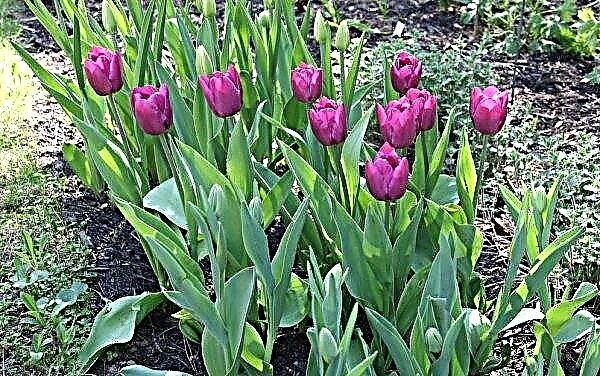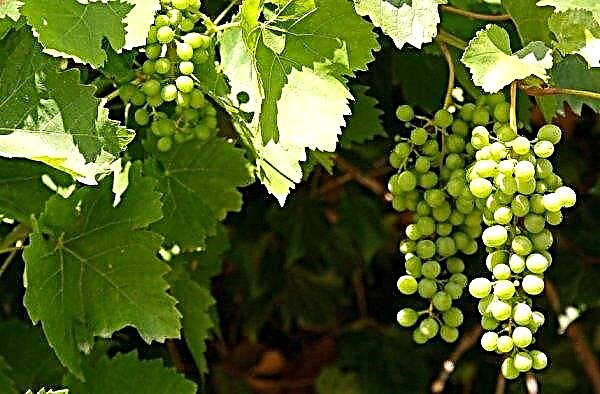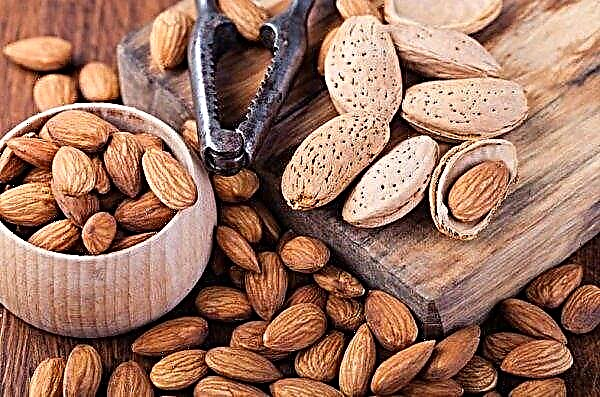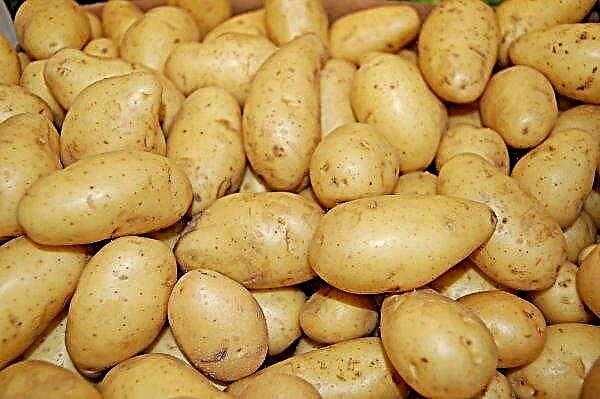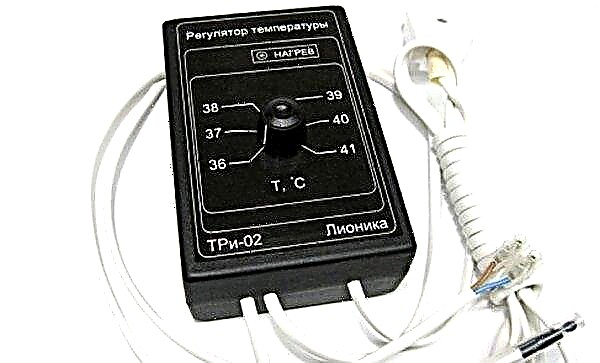Any farmer is interested in obtaining the largest possible corn crop, so the question of the amount of grain harvested from 1 ha will never lose its relevance. Of course, a lot in this matter depends on the variety and growing conditions of the plant, but there are always average values, which will be discussed later.
The basic rules of growing corn
Corn does not belong to “capricious” plants, at the same time, when cultivating it, one should not forget about the following important points:
- planting crops preferably in rowsleaving between them at least 60 cm of free space (this will improve the quality of pollination);
- between neighboring plants at least 15 cm of free space should remain in a row;
- when planting seed, it is advisable to deepen in the soil no more than 5-7 cm, and when the seedlings emerge and they have the first real leaves, they will need to be thinned out;
- seedlings do not need much moisture at first, and as soon as panicles appear, watering will have to be increased, while focusing on the state of the upper soil layer;
- soon after watering the aisle you must definitely loosenso that a crust does not form on the surface (in the process of performing this procedure, it is worth removing all existing weeds);
- one month after sowing, corn can be fed with mullein and spud;
- emerging lateral shoots are best removed immediatelyotherwise they will lead to the formation of small ears.
Important! You can determine the ripeness of corn heads by the state of their stigmas: if they turn brown and dry - it's time to think about cleaning the garden.
Average corn yield from 1 ha
If you do not take into account the varietal characteristics of corn and different conditions for its cultivation, then on average 50–70 centners of fruit are harvested from one hectare in Russia. In some regions, individual varieties yield up to 85 centners (for example, the hybrid DKS 3511), but this is the exception rather than the rule, therefore it is better to focus on values up to 70 kg / ha.
How to determine the yield of corn on the cob
You can get approximate information about the amount of the future crop based on the characteristics of the corncob: its weight, length, number of rows and the number of grains. Also useful data will be the mass of one and 1000 seeds, which will help in further calculations. The mass value of 1000 seeds can be obtained by dividing the mass of ears of corn on the total number of them, with further multiplication by 1000.
The grain yield can be determined by the formula (in g):
Vz = 100 Mz / Mpwhere Mz - means the mass of corn on the cob (in g), Mp - mass of the whole cob (in g).
Ready-made data of the analysis will help to calculate the biological yield of corn separately in cobs and separately in grain in a ratio of t / ha, with a wide-row sowing according to the scheme of 70 × 35 cm.For simplicity of example, suppose that there is only one ear of corn on one plant, with an average weight ( M) 220 g and a grain yield (Vz) of 80%. To calculate the nutritional area of one plant, we multiply 70 cm by 35 cm, which in the final analysis will correspond to 2450 cm², or 0.245 m².
Now it’s worth determining the density of plants on an area of 1 ha before harvesting: 10,000 m² (i.e. 1 ha): 0.245 m² = 40,890 plants per 1 ha (for simplicity of calculation, you can round up to 40,000 per 1 ha).
Based on the obtained values, it will be possible to calculate the biological productivity of ears of corn and grain:Cn = 220 (g) × 40,000 = 8.8 t / ha;
Uz = Yn × Vs: 100 = 8.8 × 80: 100 = 7.04 t / ha.
If the grain mass of one head of about 160 g (without the upper part), then the biological yield of the main part of the ears will be: 160 × 40,000 = 6.4 t / ha.
Of course, the calculations “on the head” will not be absolutely accurate, but with their help you will get approximate data regarding the amount of future harvested crops, which already allows you to draw up a plan for further actions.
The most productive varieties and hybrids
The choice of a particular corn variety will depend on the final purpose of its use, but most often Russian farmers give preference to early hybrids, which have time to ripen before the dry season.
The best varieties in this regard include:
- "Collective 160" - grown since 1988 and is characterized by a short growing season - 95-105 days. In height, these plants reach 190–210 cm and give large cobs, from which up to 82% of siliceous-toothlike grains can be obtained. From 1 ha, 80–85 centners of fruits are harvested.
- Bemo 182 - double early ripe hybrid variety, the ripening of which lasts about 100-105 days. In height, the plants reach 220–240 cm, the cob is of a cylindrical shape, 17 cm long, with yield up to 82% of pure tooth-like grain. Under good growing conditions, up to 90 centners of the crop can be harvested from 1 ha.
- Dokuchaevsky 250 - characterized by productivity up to 80 kg / ha and yield of pure grain within 80–83%. Varieties of plants reach a height of 200–270 cm and have cobs 17 cm long. Recommended for cultivation in the central black earth region of Russia.
- Corsair 315 - mid-season hybrid variety, reaching a height of 270–282 cm. From 1 ha, you can collect up to 80 centners of the crop.
- Spirit - an early ripening variety ripening in 50-60 days, and regardless of the region of Russia. Plants reach a height of 2 m, and from 1 ha you can collect up to 70 quintals of fruit.
- Gourmet 121 - an early ripe variety, the growing season of which lasts only 75 days. The plant reaches a height of 1.5 m, and the length of the ears is not less than 18 cm. From 1 ha, up to 55 centners of fruits are harvested.
Important! When harvesting several varieties of corn at once, always sign not only their names, but also the date of collection, since with each year of storage the percentage of germination of grain will decrease.
Features of storage of seed stock
Regardless of the purpose of growing corn, the issue of its storage should be given special attention, because under inappropriate conditions the crop will quickly deteriorate. This also applies to the storage of seed material, especially when it comes to valuable varietal variations.

When choosing a room for grain, it is worth considering the following nuances:
- lack of moisturecapable of causing rotting of corn, which will make it unsuitable for further use;
- the presence of optimal temperature values (not higher than + 10 ° C) and air humidity (not higher than 20%);
- lack of pests and garbagewhich can attract them;
- the presence of a ventilation system, which will ensure a regular flow of fresh air without increasing the level of humidity (it is good if its work is controlled manually, which will prevent the ingress of excessive amounts of air flow).
As a container for corn from the seed stock, a vacuum, metallized packaging can be used, which will limit air access to the grains. Ordinary paper or plastic bags will not work here, as they will not be able to guarantee exposure to moisture.
At home and with a small amount of planting material, it can be stored in cardboard boxes, but not in the kitchen, where it will be difficult to control the appropriate level of temperature and humidity. This will harm even the highest quality seeds, significantly reducing their germination.Pest corn protection
The germination of grain harvested corn is largely influenced by diseases and pests, which can appear not only in the process of growing crops, but also after harvesting grain.
The most dangerous problems in this regard include:
If there are any signs of ailment on the corn, it is important to timely process the plantings with special fungicidal preparations, among which the compounds “Vitavax”, “Delit Pro”, “Vincit” are especially popular.
As preventive measures that prevent the spread of the disease, it is possible to single out compliance with crop rotation rules and the requirements of the planting scheme, the organization of an optimal regime of irrigation and feeding.
Did you know? The most unusual of all modern corn varieties can be considered the Glass Gem variety. In addition to standard yellow grains, pink, blue, green, red and even black seeds are present in one ear.
As for pests, wireworms, Swedish flies, weevils, corn moths are the most active with respect to corn. Each of them is characterized by its own characteristics of distribution and vital activity, therefore, different drugs must be used in the fight against them. Consider each of the options in more detail.
- Wireworm. Often gets on a plant from the soil, gnawing holes in grains. Infected seeds do not germinate, and if some sprout, then the same pest can gnaw or bite the sprouts. For adult corn, wireworms are less scary, but even in this case, the root system of plants can suffer. The likelihood of infection and spread of wireworms in cold soil is much higher, so it is advisable to sow corn no earlier than in mid-spring.

- Swedish flies- hazardous pests, whose vital activity leads to damage to the seedlings of corn due to the impact on the growth point. You can notice the insect by glued leaves, which become deformed and unnaturally bend over time. The peak of activity of Swedish flies occurs during the emergence of seedlings of corn, especially in regions with low air temperature and high humidity.

- Weevil. Among the main signs of its activity are damaged edges of leaf plates, which the pest constantly nibbles. This applies to both adult crops and recently emerged shoots.
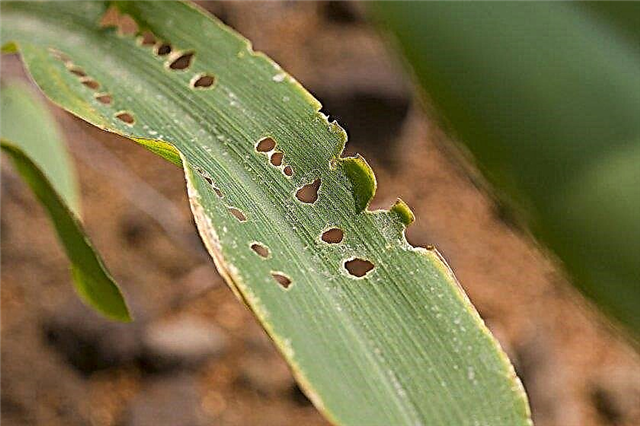
- Moths. The activity of this pest is in the second half of the growing season of corn. Small caterpillars make many moves on the cob, stem part, panicles and legs of the cobs, which ends with a break in each of these parts. Of course, when harvesting corn, a significant part of it will no longer be suitable for further use.

As preventive measures in the fight against crop pests, it is necessary to adhere to the rules of crop rotation, fertilizing and watering. It is possible to increase the resistance of maize to various adverse factors by applying phosphorus-potassium fertilizers to the soil while reducing the amount of nitrogen-containing fertilizers.
However, do not completely abandon the use of nitrogen. Some of its forms (for example, nitrate), on the contrary, increase the plant's resistance to smut smut, various rot and moldiness of seeds and seedlings. In addition, as a prophylaxis of ailments, you can use combined etch preparations, for example, Fentyuram or Tigam, and, if possible, inlaid (that is, cover with a protective nutrient coating) planting material.
Did you know? A common feature of almost all varieties of corn is an even number of rows and grains in their ears. On a head of cabbage often there are 8–22 rows with a total number of grains within 1000.
As you can see, the maximum yield of corn depends on a number of factors and requires certain knowledge from the gardener, but if you need healthy and strong seedlings, then compliance with the basic requirements for growing a crop is a prerequisite for cultivation. Do not hesitate: all the efforts made will definitely be rewarded with a quality crop.





